Graphics Reference
In-Depth Information
()
= 0
lim
k
Rx
Æ•
for all x Œ
I
.
Analytic functions are properly discussed in complex analysis. See Appendix E.
Let f : (a,b) Æ
R
be of class C
•
and let c Π(a,b). The power series
Definition.
•
1
0
n
n
Â
()
n
()
-
(
)
f
cxc
!
n
=
is called the
Taylor series for f about c
.
D.3
Differential Equations
For the sake of completeness we shall state the two theorems about solutions to dif-
ferential equations that are needed in this topic. This section uses a few concepts from
Sections 4.2 and 4.3. Note that the
order
of an (ordinary) differential equation is the
order of the highest derivative appearing in the equation.
Problem 1:
Let
D
be a connected open subset of
R
n+1
and assume that f
1
, f
2
,...,
f
n
:
D
Æ
R
are continuous functions. We want to find an open interval (a,b) and func-
tions j
i
: (a,b) Æ
R
, so that
(1) (t,j
1
(t),j
2
(t),...,j
n
(t)) Œ
D
, and
(2) j
i
¢(t) = f
i
(t,j
1
(t),j
2
(t),...,j
n
(t)).
for t Π(a,b).
The equations in Problem 1 are called a
system of n ordinary differential equations
of the first order
and the differentiable functions j
i
(t), if they exist, are called
solutions
to the system.
D.3.1. Theorem.
Let (t
0
,x
1
,x
2
,...,x
n
) Œ
D
. Then there exists an e>0 and unique
continuously differentiable functions j
i
:(t
0
-e,t
0
+e) Æ
R
that are solutions to
Problem 1 and satisfy j
i
(t
0
) = x
i
.
Proof.
See [CodL55].
Problem 2:
Let
D
be a connected open subset of
R
n+1
and assume that f :
D
Æ
R
is a continuous function. We want to find an open interval (a,b) and a function
j : (a,b) Æ
R
, so that
(1) (t,j(t),j¢(t),...,j
(n-1)
(t)) Œ
D
, and
(2) j
(n)
(t) = f(t,j(t),j¢(t),...,j
(n-1)
(t)).
for t Π(a,b).

